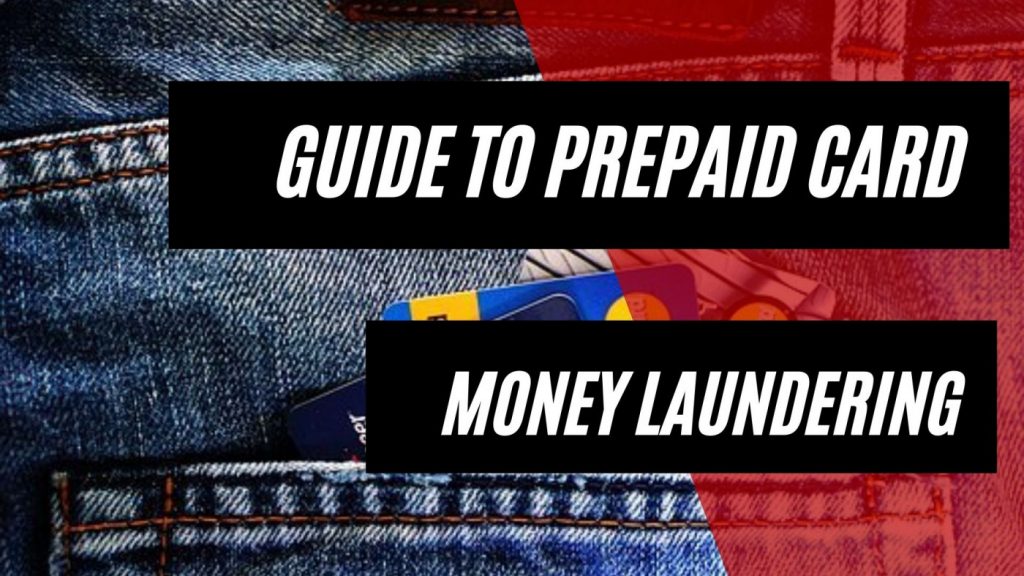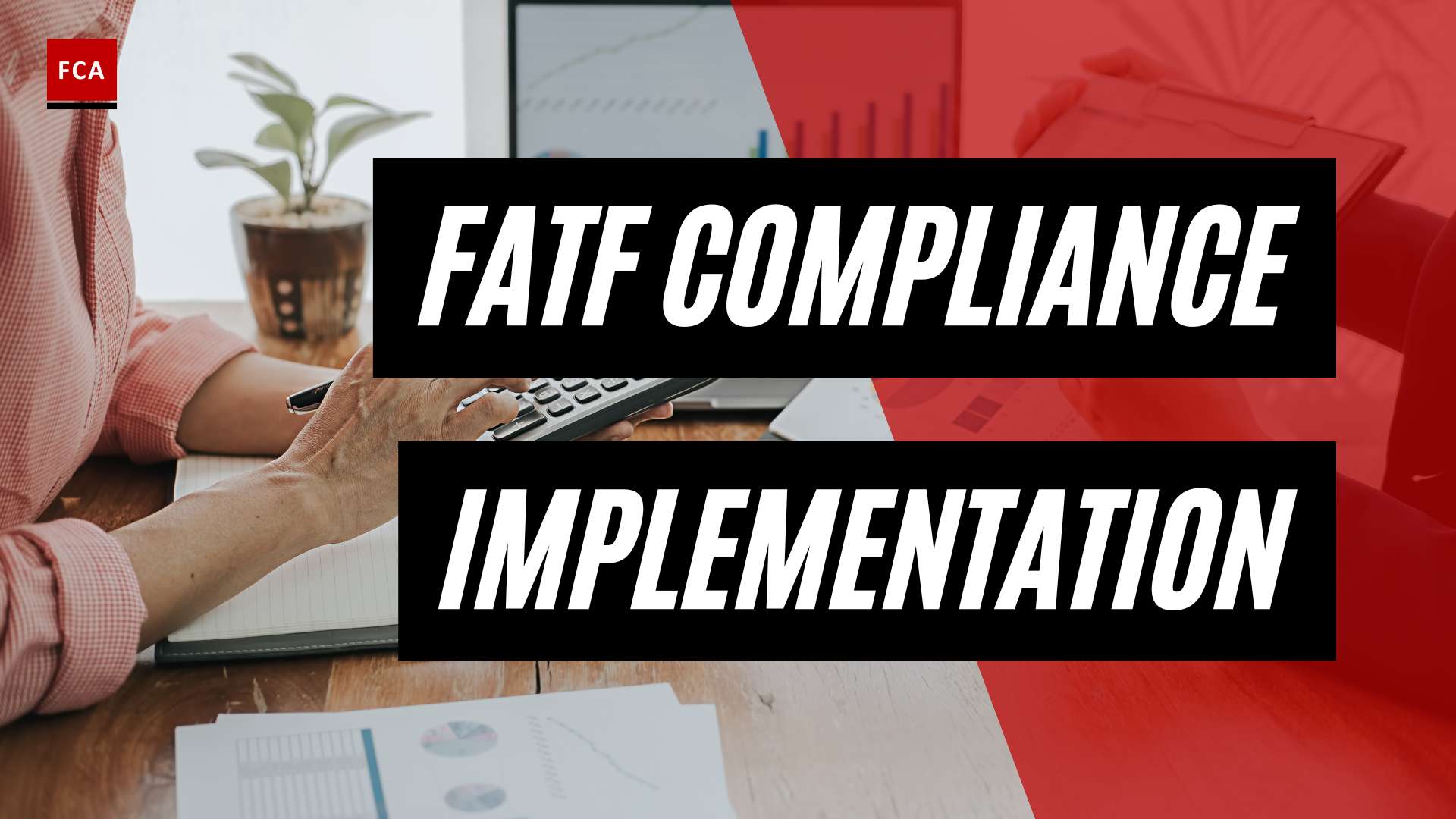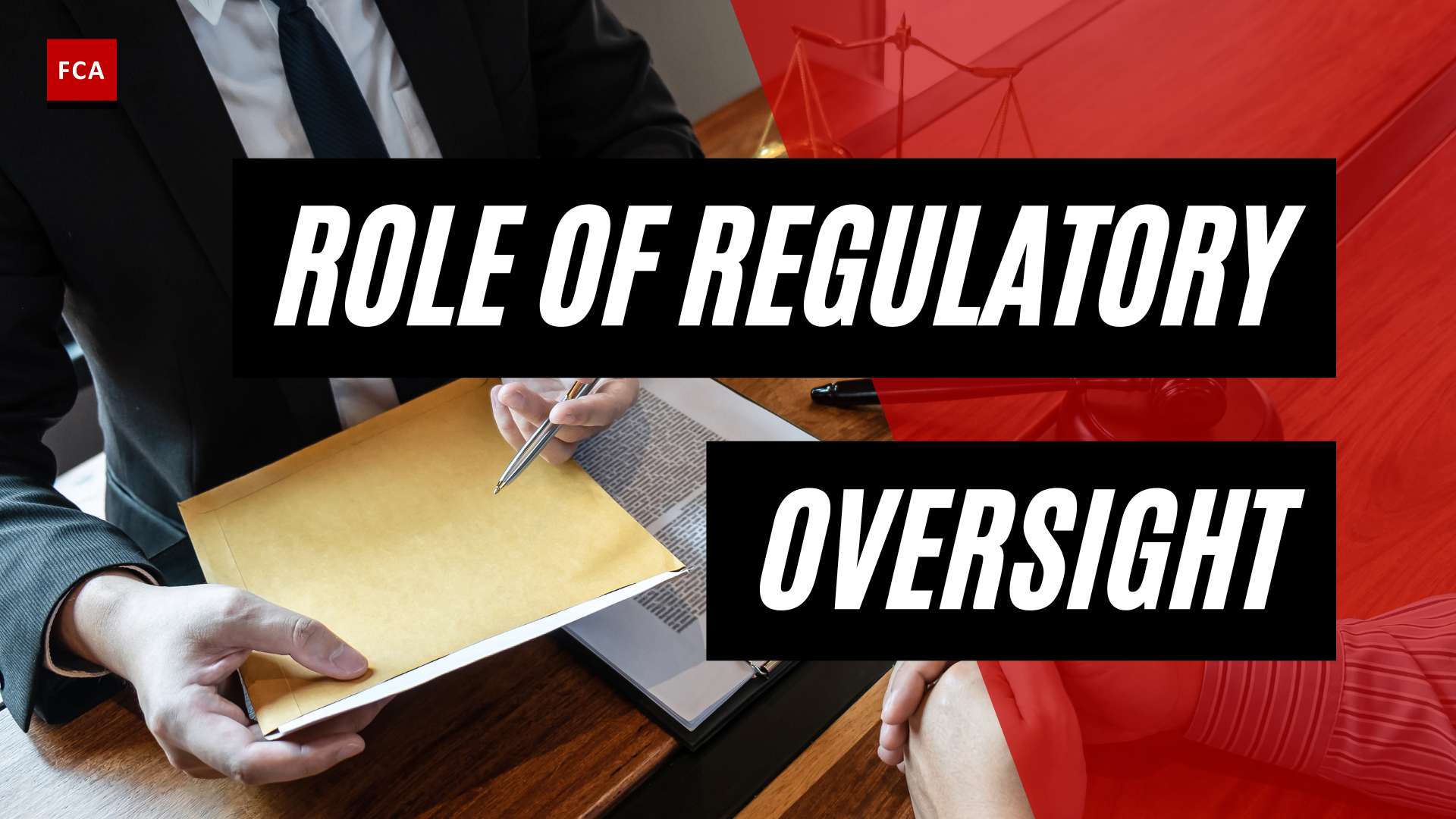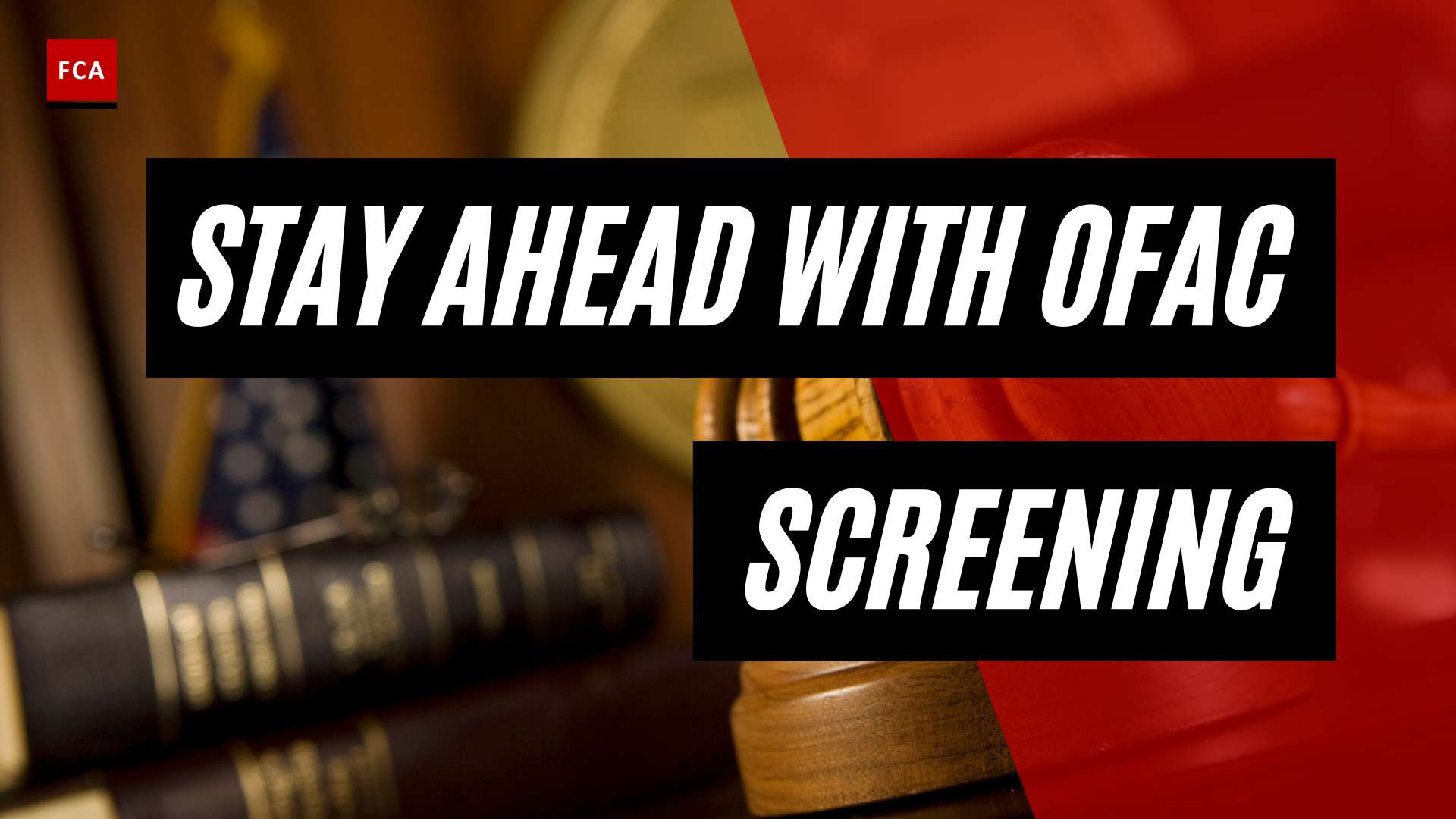In the twenty-first century, prepaid cards have become part and parcel of human life. It was first available in the 1990s, but it only recently gained mainstream popularity when people started using it to pay bills and online shop. Researchers suggest that the net worth of the prepaid cards market will grow to more than USD 3.1 Trillion by 2021. This volume makes prepaid cards interesting for criminals and prepaid card money laundering.
On the one hand, these Prepaid cards have made the lives of consumers and the general masses very easy by making the bill payment and other payments easy. On the other hand, this technology has facilitated criminal fraud and prepaid card money laundering.
Table of Contents
- Key Takeaways
- How Are Criminals Using Prepaid Cards For Money Laundering?
- Prepaid Card Money Laundering Stages
- 4 Features That Make Prepaid Cards Prone To Money Laundering
- 17 Critical Prepaid Card Red Flags And Credit Card Red Flags
- AML/CFT Responses To Combat Crimes Using Prepaid Cards
- Summary
Key Takeaways
- Criminals are using Prepaid cards to commit money laundering.
- They are using it in the placement, layering, and integration stages of money laundering.
- The exploiting the anonymity, global reach, portability, and accessible funding methods features of prepaid cards.
- AML/CFT Responses have identified some critical measures as a red flag to stop suspicious transactions.
The financial system and banks need to be aware and attentive towards money laundering with prepaid cards to prevent these issues. Financial Action Task Force (FATF), an intergovernmental organization, has framed laws to combat such money laundering and frauds. These laws are known as Anti-Money Laundering (AML) and Counter-Terrorist Financing (CTF) laws. Governments worldwide need to implement these rules and regulations to protect their financial institutions.
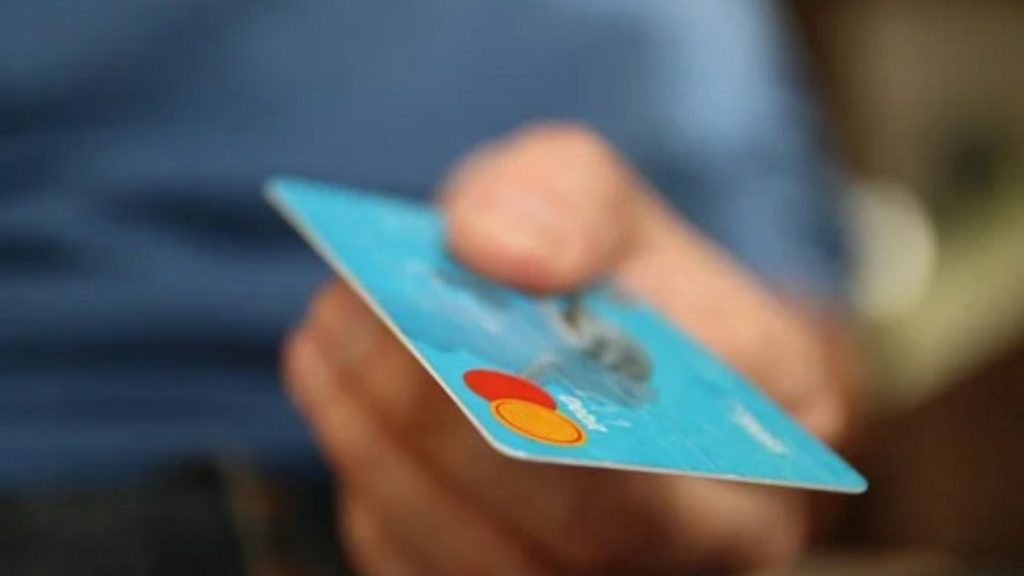
How Are Criminals Using Prepaid Cards For Money Laundering?
Prepaid cards facilitate users to buy any product from anywhere and from any outlet. They also assist them in sending the purchased product anywhere. They are using this facility to send and transfer illegal funds to different parts of the world. The criminals are using Prepaid cards in the placement, layering, and integration phases of money laundering.
Prepaid Card Money Laundering Stages
Prepaid cards are used by criminals in each of the money laundering stages, including placement, layering, and integration.
1) Placement
The criminals use their illegal funds to purchase a bulk of prepaid cards. They are also using them to clean their black money. They use their cards to buy products to introduce their money into the legal financial system. Hence, in this way, they clean their illegal black money. In addition, they are also transporting these cards from one country to another country to deceive scrutiny from the relevant authorities. These criminals are also using money mules to buy and sell these Prepaid cards to transport the illegal money from one place to other, even across the borders.
2) Layering
Layering is a crucial stage in money laundering. In this phase, the launderer uses their money to buy expensive items and resell them again. They do it many times to hide the origin and source of the funds. This step is called layering. The criminals also use Prepaid cards to buy expensive items such as laptops and resell them to hide the source. In this way, the criminals are using prepaid cards as a currency.
3) Integration
This is the last stage in money laundering. In this phase, the launderer uses the illegal money to buy expensive items for themselves. In this way, criminals integrate illicit cash into the country’s financial system. In this context, criminals use Prepaid cards to buy legitimate goods and services such as expensive electronic items, drug manufacturing components, and insurance products.
4 Features That Make Prepaid Cards Prone To Money Laundering
Some of the main prepaid card features that criminals exploit to do money laundering and frauds are as under:
1) Anonymity
Unlike other credit card cards, Prepaid cards do not require strict customers due to diligence verification and identification. The criminals are taking advantage of this feature. They are using it to buy goods and services to integrate illegal money into the financial system.
2) Global Reach
Using Prepaid cards, one can buy anything from anywhere at any time. This allows criminals to purchase goods and services using their illegal money from any part of the world. These prepaid cards can even be used to fund unlawful activity in any part of the world.
3) Portability
Transferring a bulk of the money from one part of the world to another part of the world is complex and even impossible. However, a small prepaid card is very easy to transport from one part of the world to other. So, criminals are using this card to send money across the border.
4) Funding Methods
The transaction history of the Prepaid cards can be hidden easily. It is difficult to find out the source fund loaded into the card. Funds can be transferred to prepaid cards using different mediums such as phone and online banking.
17 Critical Prepaid Card Red Flags And Credit Card Red Flags
- When a customer holds an excessive number of cards (according to program parameters)
- An unwilling customer refuses to provide the information the CIP requires
- Customers who present unusual or suspect identification documents that the financial institution is unable to validate
- Customers who request that cards be shipped outside of the country
- Tax identification numbers for customers with variations in their names may be used
- In response to notification of mandatory reporting, a customer is reluctant to provide the information required or to proceed with the transaction
- Coerce or attempt to coerce an employee of a bank to not file the required recordkeeping or reporting documents
- Withdrawals in small amounts followed by large deposits in foreign currency
- The use of multiple value loadings at different locations by the same Cardholder
- An unusually large number of authorizations fail
- Authorizations appearing on the card account but not associated with the transactions
- When transactions occur simultaneously in multiple states or countries
- Transactions that occur at the same time and for the same amount week after week
- Transactions that consistently occur outside of the Cardholder’s area of residence
- No logical explanation for transactions
- Transactions that are out of character for the Cardholder
- Multiple transactions slightly beneath reporting thresholds
AML/CFT Responses To Combat Crimes Using Prepaid Cards
Following are the responses adopted by AML/CFT laws to combat crimes using Prepaid cards.
- Clients buying many Prepaid cards or making a bulk of transactions using prepaid cards are considered suspicious.
- A single person holding multiple prepaid accounts also triggers a red flag.
- Frequent loading of the prepaid card by a third party also reflects the suspicious transaction.
- Loading funds more than the threshold is also questionable and need to be looked at it carefully.
- Transferring funds soon after loading is also suspicious.
- Abnormal purchasing power and pattern is also doubtful.
- Sending prepaid cards to the recipient through an irrelevant person is also doubtful.
- Prepaid card only using for cash withdrawal is also suspicious.
Due to the growing risk of prepaid cards being used in money laundering, countries are making their AML/CFT regulations more severe. For instance, under the 5th Anti-Money Laundering Directive, the EU has reduced the transaction limit using Prepaid cards.
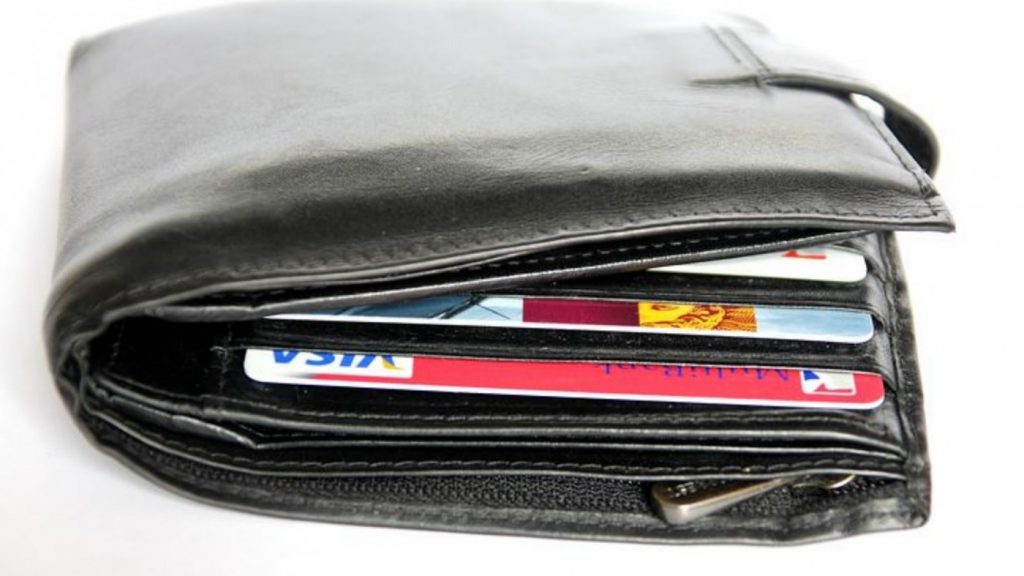
Summary
Criminal worldwide are using Prepaid cards to commit money laundering and frauds. They use it in the placement, layering, and integration stages of money laundering. The criminals exploit the critical features of prepaid cards, such as anonymity, global reach, portability, and easy funding methods.
The AML/CFT Responses have indicated multiple red flags to stop suspicious transactions using prepaid cards. In brief, a concerted effort by all stakeholders can combat the risk of money laundering using prepaid cards.

